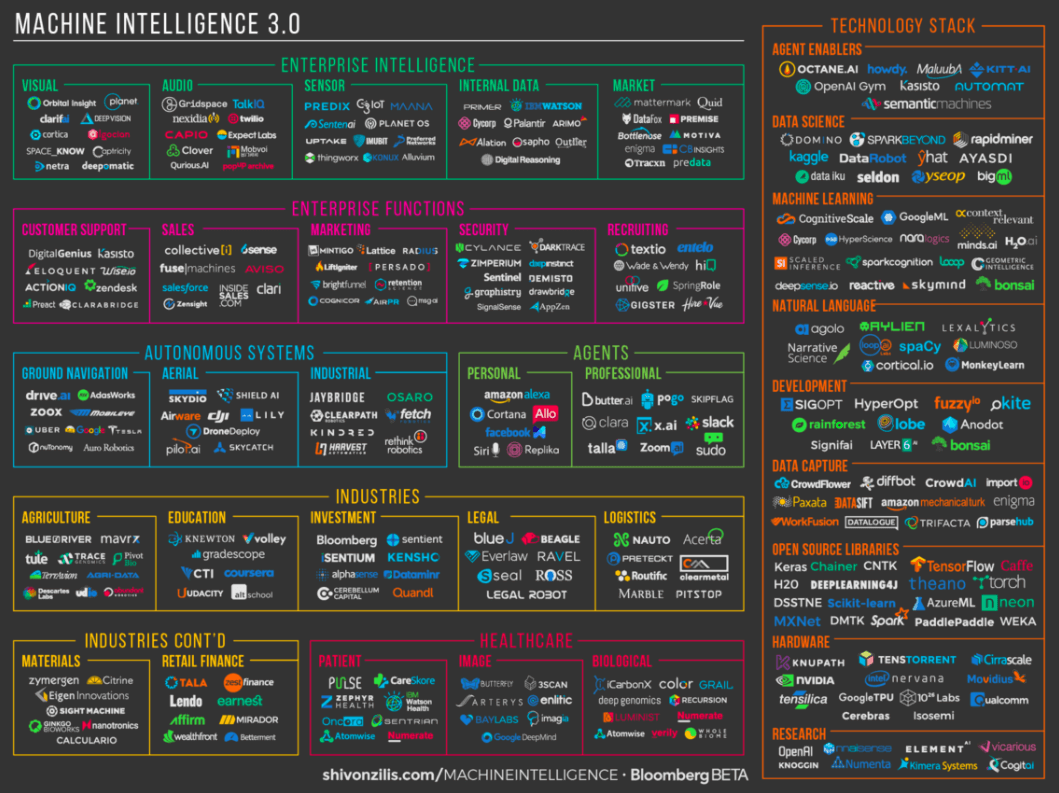If there is one word that the enterprise wants to be associated with, it’s “productive.”
This is the metric that influences so many others by which business is measured — success, efficiency, profit. And recently, artificial intelligence (AI) has been touted as a new way to increase productivity by replacing expensive workers with tireless machines. One recent example that has garnered media attention is the first demonstration of an autonomous big rig, the use of which could replace millions of truck drivers.
But AI has been getting a lot of undeserved limelight. Long before machines replace us humans, they will be helping us to make smart decisions so we can become more productive — autonomous machines be damned. This use of technology is called “intelligence augmentation” and because of its imminent and extensive impact, it deserves a closer look.
For many in the enterprise, artificial intelligence (AI) versus intelligence augmentation (IA) is a distinction without a difference. And certainly, that case can be made. In a Wall Street Journal op-ed, IBM president, chairman, and CEO Ginni Rometty points out that, whether you call them AI or IA, “these cognitive systems are neither autonomous nor sentient, but they form a new kind of intelligence that has nothing artificial about it. They augment our capacity to understand what is happening in the complex world around us.”
June 5th: The AI Audit in NYC
Join us next week in NYC to engage with top executive leaders, delving into strategies for auditing AI models to ensure fairness, optimal performance, and ethical compliance across diverse organizations. Secure your attendance for this exclusive invite-only event.
This is absolutely true. But there is still a distinction to be made when it comes to maximizing productivity in the modern, data-diverse workplace. Applying either of these technologies to the wrong task will be counterproductive, however advanced the application might be.
The “intelligence” provided by AI technology entails tapping into increasingly cheap computer processing power to evaluate alternate options more quickly than humans could. This is why AI-driven computers have been successful at playing chess, winning at Go, and even playing Jeopardy. Each of these tasks is characterized by the need to evaluate the best move from a finite set of options, however large that number of options might be. Evaluating many options and learning from past experience — using a technology called machine learning — is how artificial intelligence is able to pick the best outcome available.
But business decisions involve more than just evaluating many options. Business decisions involve ethics and intangibles, things that computers can’t account for. That’s where humans come in. And that is what is so compelling about IA. It enables humans to direct computers to evaluate options and then offer suggestions about what to do next. It is this type of cooperation between human and machine that will take humanity to the next level of productivity.
How does this work?
One practical example of exploiting machine intelligence to augment humans in an everyday business scenario is in collecting disparate information from a wide variety of apps, then employing intelligence augmentation technologies — such as natural language processing and machine learning — to automatically match related information. This could mean first collecting information from Salesforce, Dropbox, email, Office 365, Workday, and many other apps, then putting together related information in a puzzle-like fashion across all the apps so a human can see the information forest rather than getting lost in the data trees. This is an incredibly taxing cognitive process for humans, but a straightforward one for intelligent machines. With all the related information presented in a coherent context, the human can then make intelligent decisions about what to do next.
This doesn’t mean that IA will supplant AI. Each use of intelligent technology has its place. Cases such as using chatbots to replace human operators will become more commonplace. Today, you can order food from Taco Bell via Slack or a pizza from Domino’s using bots. These bots are handling the types of tasks that AI can manage more efficiently than a person because the context is clearly defined and the degrees of decision-making are extremely limited.
It’s when the context becomes ambiguous, the decision criteria become fuzzy, and ethical considerations must be taken into consideration that AI falls short. It’s here that intelligence augmentation can help people by presenting information and options in a coherent manner and letting the human take it from there. This is how machine intelligence will truly help organizations and individuals become more productive in the near- to mid-term, so this is where enterprises should be focused.
While artificial intelligence can improve efficiency by replacing humans for focused tasks, it is in the application of machine intelligence to augment human decision-making that the real increase in business productivity will occur. Understanding the roles machine learning can play is the key to maximizing both artificial and human intelligence in the enterprise.
David Lavenda is the cofounder and VP of Product Strategy at harmon.ie, a leading provider of user experience products.



